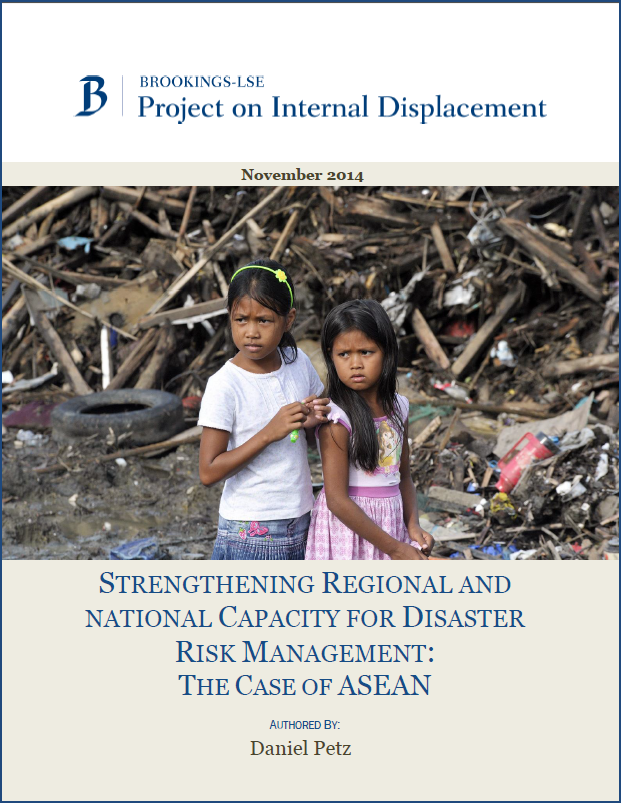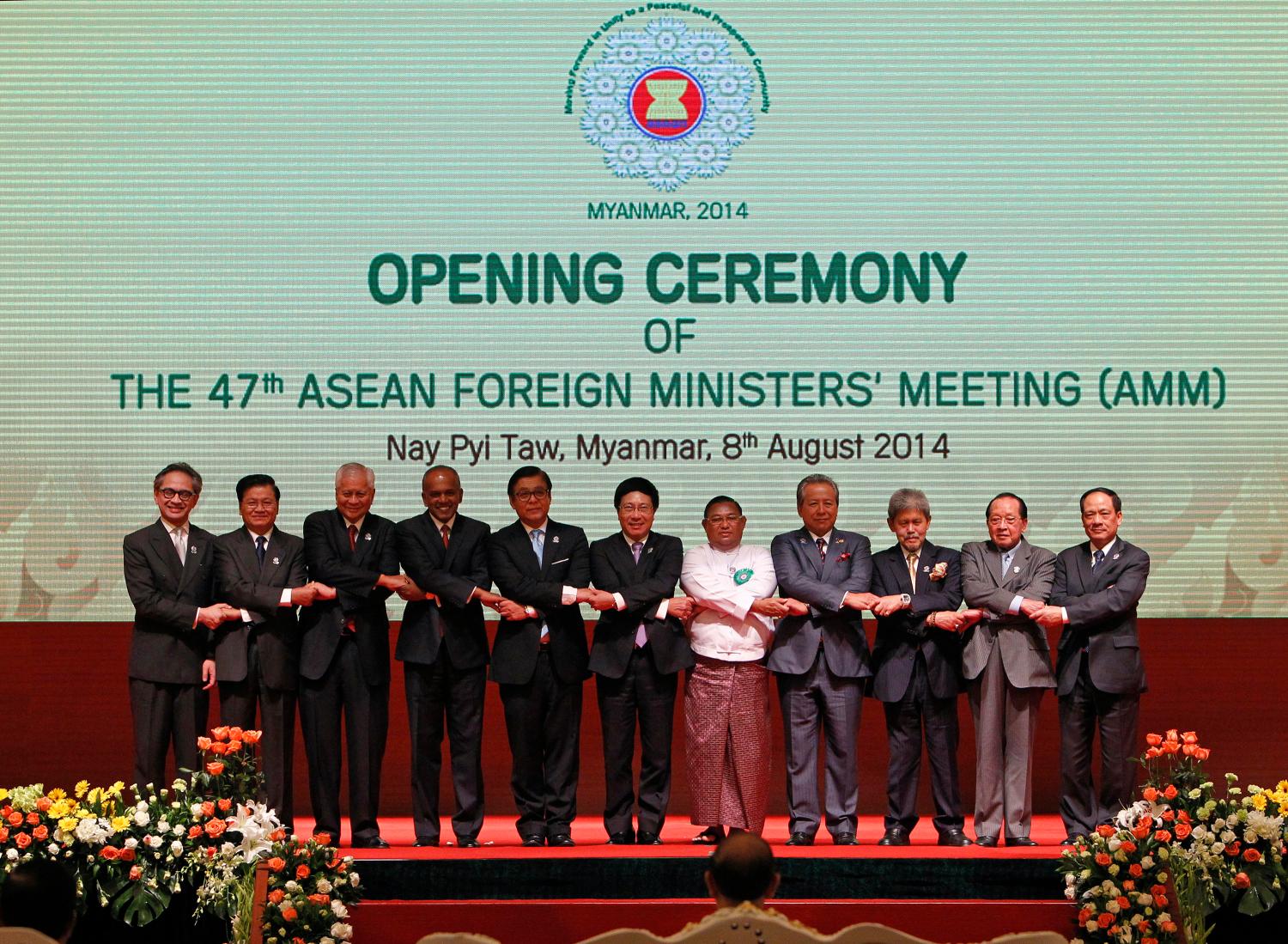 In recent decades, regional organizations have become increasingly active in disaster risk management (DRM). This reflects a broader growing trend of intensifying regional cooperation. However, the role of regional organizations in DRM and of their role in capacity building at the national level has received little attention from the academic community. This study attempts to address this knowledge gap by examining the Association of Southeast Asian Nations (ASEAN) which has emerged as a prime example of deepening cooperation and integration in Southeast Asia.
In recent decades, regional organizations have become increasingly active in disaster risk management (DRM). This reflects a broader growing trend of intensifying regional cooperation. However, the role of regional organizations in DRM and of their role in capacity building at the national level has received little attention from the academic community. This study attempts to address this knowledge gap by examining the Association of Southeast Asian Nations (ASEAN) which has emerged as a prime example of deepening cooperation and integration in Southeast Asia.
The ten ASEAN member states, which are very diverse in many aspects – population, size, economic development and disaster risk – have developed a legally binding and ambitious regional DRM framework in response to their experiences with major disasters in the last decade. The ASEAN Agreement on Disaster Management and Emergency Response, which came into force in December 2009, set the foundation for regional cooperation in all areas of DRM from prevention to reconstruction.
By working closely with the national disaster management organizations of member states and a wide range of other actors, these efforts seeks to increase both regional and national capacities for disaster risk management.
ASEAN has developed a detailed work program and created joint institutions to implement AADMER. By working closely with the national disaster management organizations (NDMOs) of member states and a wide range of other actors, these efforts seeks to increase both regional and national capacities for DRM. This study analyzes both the strengths and challenges of ASEAN’s approach to capacity building.
After a brief discussion of terminology and key concepts, this study begins with an overview of ASEAN and its activities in DRM, followed by two short case studies on NDMOs’ cooperation with ASEAN in building DRM capacity: the Badan Nasional Penanggulangan Bencana in Indonesia and the National Disaster Risk Reduction and Management Council in the Philippines. The study then provides an analysis of the capacity building efforts of ASEAN and NDMOs, assesses the strengths and challenges of those efforts and closes by offering a number of recommendations.
This study augments the scarce literature that exists on DRM and regional organizations through field research undertaken in August 2014. This research included semi-structured interviews with ASEAN officials, members of national disaster management agencies in Indonesia and the Philippines, as well as experts from international organizations, NGOs and civil society organizations in the region.
While the research sought to provide a broad-stroke overview of capacity building in ASEAN, there are several important points to bear in mind: First, Southeast Asia is a very diverse region and countries have different experiences in disaster risk management. Thus it is difficult to generalize for the region as a whole based on the experiences of the two countries chosen as case studies for this study, Indonesia and the Philippines. Secondly, the scope of the research project did not allow comprehensive research on all issues related to DRM capacity building in the region and a number of topics are only discussed in passing, such as the full range of related civil-military relations. Capacity building in DRM is being carried out or supported by a large number of actors, including UN agencies, donor governments, national governments, research institutions, etc. Rather this study focuses focus primarily on activities and initiatives as they pertain to ASEAN and its members.
The Brookings Institution is committed to quality, independence, and impact.
We are supported by a diverse array of funders. In line with our values and policies, each Brookings publication represents the sole views of its author(s).



